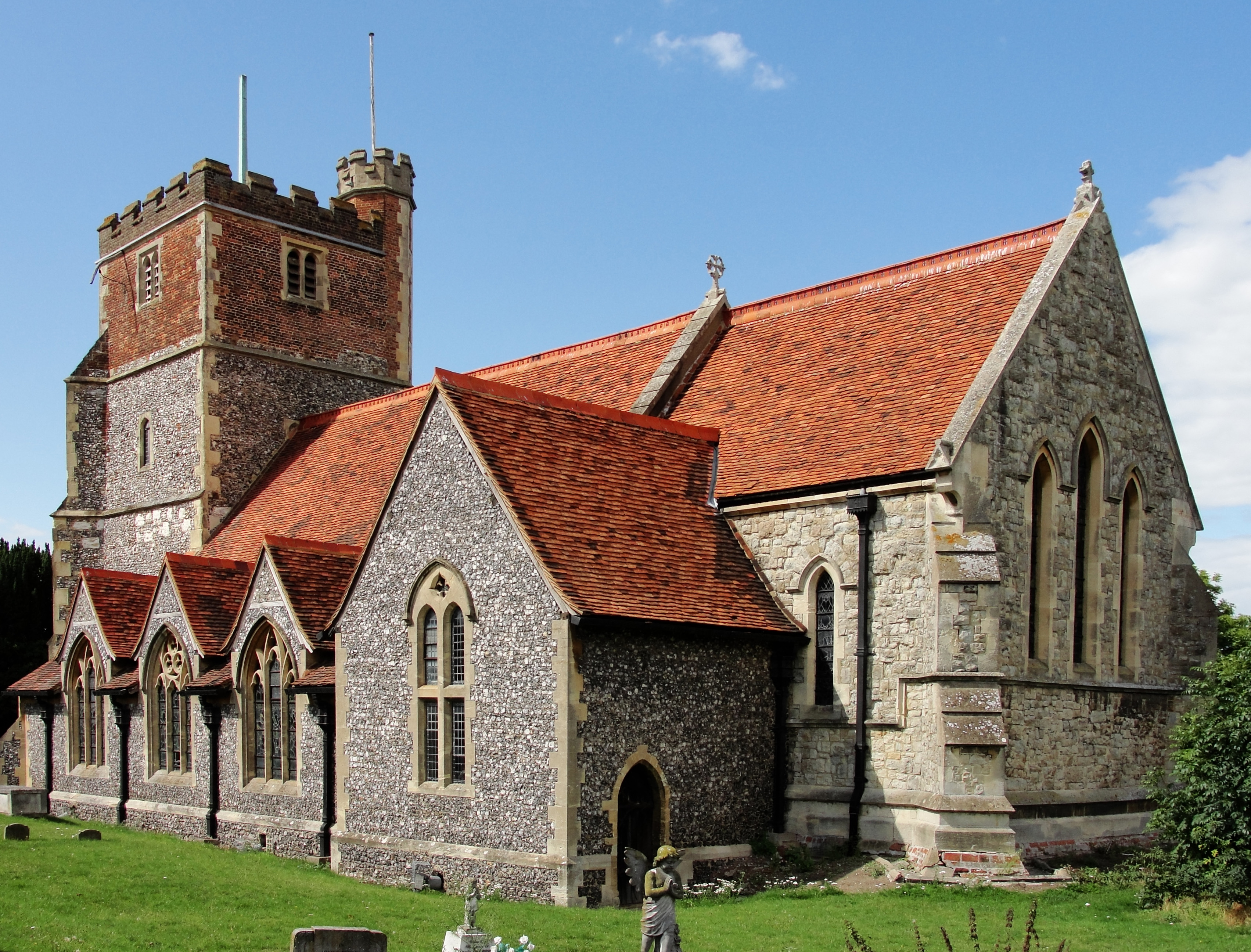
Horton
Horton is a picturesque village with a triangular green, a small parish hall, and a local pub called The Crown. Its rural ambience and Thames Valley location would make it a quintessential example of ‘little england’ if it wasn’t for the fact that Heathrow’s air traffic passes overhead so regularly. Despite these noisy disturbances, the area surrounding Horton is a popular place for wildlife, as a quarry which once dominated the southern side of the village has been converted into a nature reserve. Part of the Colne Valley Regional Park, the Arthur Jacob reserve has four former gravel pits which have been converted from derelict land into lagoons managed for aquatic wildlife. There are also several islands which have been planted with trees and shrubs, while others have been turned into wildflower meadows which serve as a habitat for birds and small mammals. For those looking for slightly more adventure, Liquid Leisure is an outdoor waterpark that also takes advantage of the lakes and reservoirs that surround the village. So despite its location just 2 kilometers west of Heathrow, Horton is still an attractive prospect for those looking for a house in the Thames valley commuter belt that won’t break the bank.
While the village is clean and well looked after today, its name indicates this has not always been the case. The village appears in the 1086 Domesday book as Hortune, which is likely a Bastardisation of Hor-tun, which roughly translates as ‘dirty-farm’ in old English. In 1929 Heathrow was founded nearby, starting life as a small airfield, before expanding dramatically after the end of World War II. It now sprawls across 12.3 square kilometers which include two parallel east–west runways, four operational passenger terminals and one cargo terminal. As Horton itself covers an area of just over half a square kilometer the Airport has loomed large in the background of life here with many residents working in aviation.

The name most associated with Horton is that of John Milton (1608-74) whose family rented a house locally between 1632 and 1640. Milton wrote many of his poems, including Il Penseroso and L’Allegro, while living at Horton and a Victorian window by Kempe in the St Micheal parish church commemorates his magnum opus Paradise Lost. Milton’s mother Sara is also buried in a flat stone tomb beneath the chancel floor of the church, which itself dates back to the 12th century. Berkyn Manor which is located nearby was rebuilt by Edward Tyrell in 1848, and is reputedly on the site of Milton’s old house. The building has sadly recently fallen into disrepair but is now a popular destination for London’s urban exploring community who take delight in discovering hidden pieces of history that have been abandoned to time.
While there is not much in the way of new development in Horton itself, the opening of the Elizabeth Line in 2022 has arguably made it easier to get into London as the new Langley stop is less than 15 minutes drive away. The noise from Heathrow remains a fact of life for residents, and despite efforts to mitigate its impact proposed expansions to the airport are likely to make Horton even louder in the future.